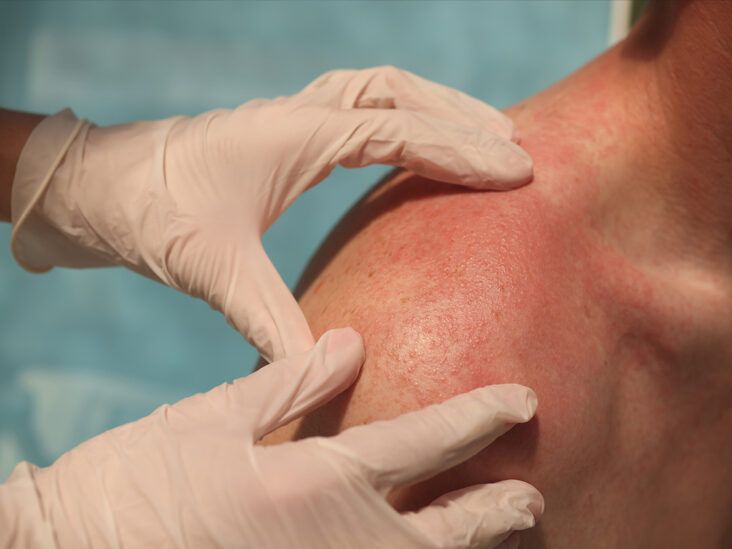Get screened for skin cancer risks and prevention methods.
Get screened for skin cancer risks and prevention methods.
Blog Article
Browsing Skin Cancer Therapy: The Crucial Function of Mohs in Modern Dermatology Practices
Skin cancer cells, a difficult medical diagnosis, typically leaves people grappling with various therapy options. As we explore the ins and outs of this treatment, one will appreciate its critical duty in skin cancer treatment.
Comprehending Skin Cancer Cells: Kinds and Risks
Skin cancer, a possibly serious condition, is even more prevalent than lots of people understand. This disease, brought on by the unrestrained development of unusual skin cells, mostly results from DNA damages because of direct exposure to the sun and ultraviolet (UV) light. There are three primary kinds of skin cancer cells: Basic cell cancer, Squamous cell cancer, and Cancer malignancy. While the previous 2 are much less dangerous and make up the majority of diagnosed situations, cancer malignancy is one of the most hazardous. It makes up just concerning 1% of skin cancer cells instances yet creates the substantial majority of skin cancer cells deaths - mohs surgery. Threat variables consist of reasonable skin, background of sunburn, too much sun exposure, living at high altitudes or near to the equator, having lots of moles, a family members history of skin cancer cells, and deteriorated body immune system.
What Is Mohs Surgical procedure and Exactly How It's Revolutionizing Skin Cancer Therapy
Despite the many treatments presently available for skin cancer, Mohs surgery stands apart as a groundbreaking and extremely reliable service. Called after Frederic E. Mohs, the physician that developed the procedure, Mohs surgical procedure is an exact medical technique made use of to treat skin cancer cells. Throughout the procedure, thin layers of cancer-containing skin are considerably removed and taken a look at until only cancer-free cells continues to be. This approach permits the surgeon to confirm that all cancer cells have actually been removed at the time of surgery. This level of accuracy, incorporated with the ability to spare as much healthy tissue as feasible, is transforming skin cancer cells therapy. Because of this, Mohs surgery has ended up being a keystone of modern-day dermatology practices.
The Benefits of Mohs Surgical Treatment Over Standard Skin Cancer Cells Therapies
Structure on the cutting-edge nature of Mohs surgical procedure, it's essential to consider its numerous advantages over typical skin cancer cells therapies. Unlike common procedures, Mohs uses a higher cure rate, frequently reaching 99% for first-time therapies and 94% for reoccurring cancers cells. This accuracy results from its distinct technique of considerably eliminating and examining cells layers until only cancer-free cells stay (mohs surgery). In addition, it minimizes damage to healthy and balanced skin, resulting in much less scarring and enhanced cosmetic results. Mohs also gives prompt outcomes, removing the anxiety-ridden wait common with various other techniques. Last but not least, it's affordable, as the surgery and tiny examination take place simultaneously, removing the need for added laboratory solutions. Therefore, Mohs represents a considerable advancement in dermatological techniques.
The Treatment of Mohs Surgery: What to Expect During the Refine

Potential Side Effects and Post-Operative Treatment of Mohs Surgery
Going through Mohs Recommended Reading surgery, like any type of various other procedure, entails potential negative effects that people ought to recognize. Typical side results consist of discomfort, bruising, and swelling at the surgical procedure website. Nevertheless, these are normally temporary and workable with non-prescription discomfort medication and ice packs. In uncommon cases, patients may experience infection, bleeding, or a sensitive response to the local anesthetic. Post-operative care is important to recovery and decreasing adverse effects. This generally includes maintaining the injury tidy and useful content completely dry, taking recommended drugs, and staying clear of arduous tasks. People ought to likewise go to all follow-up visits for wound care and monitoring. In some instances, added treatments might be needed to ensure full removal of the cancerous cells. Sticking to these post-operative care guidelines can greatly enhance recuperation and results.
Final thought

Report this page